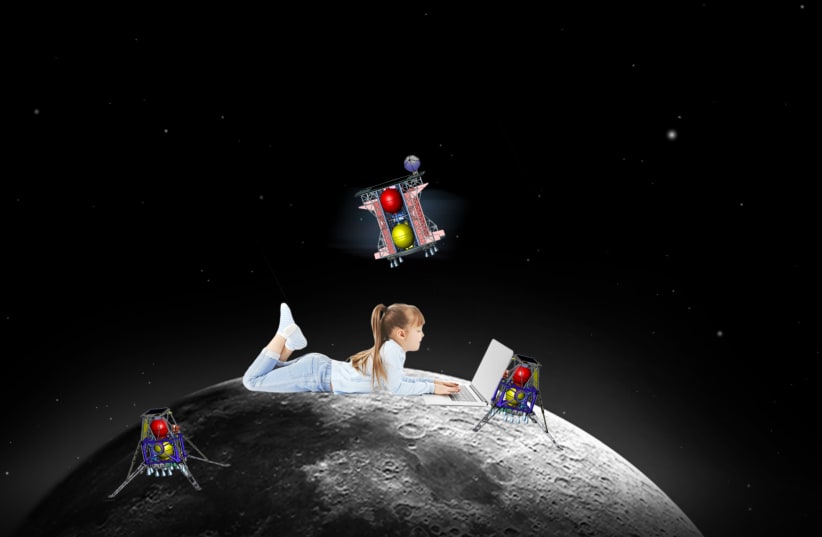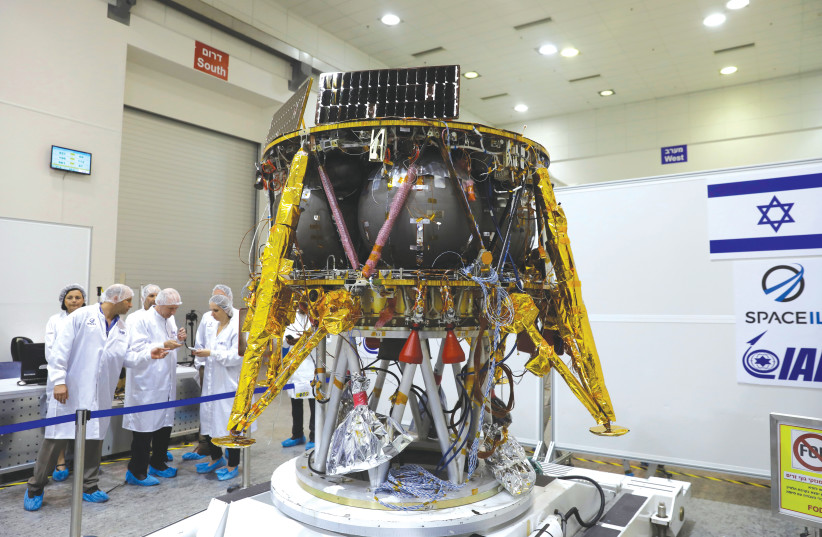Israeli nonprofit SpaceIL has let out a call for proposals for researchers worldwide to offer experiments to be used in their upcoming Beresheet 2 mission to the moon.
Various research fields have been suggested by the organization, such as lunar soil, lunar environment, astrobiology, comparative analysis regarding both sides of the moon and more.
The goal is to help make the scientific research involved in a lunar mission with educational programs in order to make it more educationally accessible for children and students.
Proposal submissions are due by November 15, 2021, with the mission set to be launched some time in the fourth quarter of 2024.
The Beresheet 2 mission is Israel's second attempt at launching a lunar mission. The first one, simply called Beresheet, was launched in 2019 and attempted to have the titular spacecraft land on the lunar mission. This would make SpaceIL the first private entity to reach the moon, and make Israel the seventh country to reach the moon and the fourth country to have attempted a moon landing.
And it did succeed. Technically.
Rather than land as expected, SpaceIL had lost contact with the craft just minutes before it was meant to touch down, causing it to crash onto the moon.
The craft had contained a time capsule with a database of hundreds of digital files including information on the mission, national symbols, items collected from the public over the years and the entirety of the Bible printed in microscopic text onto a single coin.
It also contained thousands of tardigrades, a microscopic animal also known as a "water bear" that is known for being one of the most resilient life forms of all - meaning technically, they could still be alive, due to entering a state of cryptobiosis.
However, SpaceIL is determined to make Beresheet 2 a success and has a more ambitious goal in mind. Rather than simply go to the lunar surface, this mission hopes to land on the far side of the moon - something that only China has accomplished.
The mission is also set to use a far smaller lander compared to the Beresheet mission.

